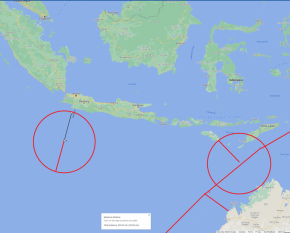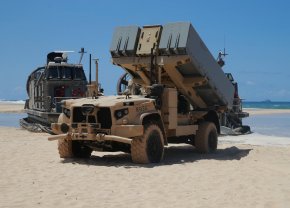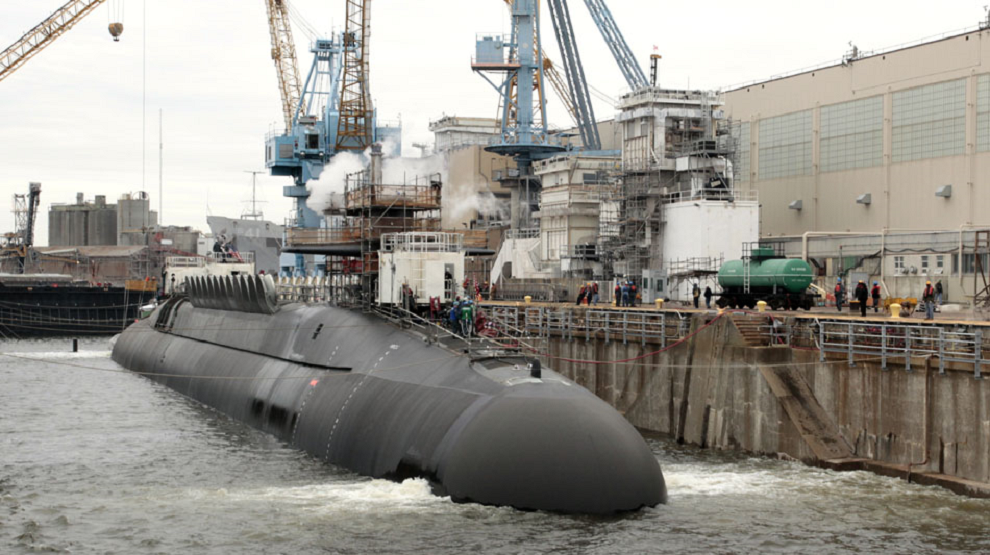Maybe just bypass the island and not deal with them at all.

300km doesn't quite reach Lombok. Not sure of the range of JSM, but 250-300 seems realistic, another 100km and we could have ready fires from Christmas that could threaten Sunda.
250km is probably enough to reach across the strait at Butterworth. 250km is enough to provide some defence of Christmas island from surface attacks (which are unlikely).
Where else are we going to use them?
These are key strategic choke points, you can't bypass these two locations. If you do you would force all traffic closer to mainland Australia and in range of fighter aircraft. Ashmore reef would also be desirable strategically. It would close up some loose ends. But may be better served by aircraft as that is a very small island to base anything on.
What it does then is narrow the opportunity and make it much harder for the enemy. It is also a point that then needs to be negotiated.
Sure they could strike them, but they could be re-enforced. Striking them would be a huge statement, as basically flag a full on conflict between the US and China. Striking them would allow morally strikes on Chinese held islands in the SCS, which would strategically be much more detrimental for the Chinese than taking out a JSM launcher for Australia.
But...
JSM doesn't get us there. It probably doesn't have the range from a ground launched positions. Even if you had 400 km range, it barely closes Sunda, Lombok is open, Butterworth it would be easier for the Chinese to apply pressure to the Malaysians, who, for valid reasons right now probably don't want anything like that there.
and...
The last point is actually really important, I remember a PWO looking aghast when a LTCOL explained that AShM were always accurate and would have no problems discriminating in something like the Straits of Malacca. When the PWO explained how a AGM-84 seeker worked the LTCOL's response was 'and....?'
I think it is a distraction from our core business. If the RAN thinks an additional 4 or 8 missiles will aid their strike, then add FFG or use another P-8. Leave the maritime domain to the maritime experts.
This a million times. There is no way to ensure accurate target identification even if we did have the range. It would be a hollow threat. Only useful if another power, like the US, actually closed up the straits for us. If a truck with 2x missile on it was enough to change China's minds, people would have done it years ago.
The schedule that has previously been posted on this forum indicates that the LOTE is planned to be completed within each boat’s normal 2 year Full Cycle Docking thus there won’t be any additional Collins taken out of service. Whether that can be achieved is beyond my knowledge but that is the stated plan.
Yeh, skeptical of that. That is one of those things where people have fudged a timeframe to meet an existing time frame. How long will it take to put in all new sensors, new batteries, new diesels, rewire, refit basically every system, component on a submarine?
Why the same amount of time it takes to do a grease and oil change. I don't know if anyone believes that. Hence why people are genuinely worried about a submarine gap. Particularly given the issues with past issue with Collins ready days. The US, UK, France and Germany have all experienced cost and time issues related to submarine maintenance and upgrades. Submarines are complex machines, and work is always very complicated and takes significant time. A huge upgrade with an orphaned class, which is an old platform being extended past its original intended life time supported by industry which has seen sporadic work and many, many cancelations.
The SSN fleet is meeting its operational obligations overseas, but there's not enough bandwidth for at-sea time to develop future tactics.

www.defensenews.com
CRYSTAL CITY: The good news? The US submarine fleet is meeting day-to-day demands around the world, without having to do the extra-long deployments that have ground down surface ships and sailors. The bad news? A massive maintenance backlog that could idle 15 submarines for months – costing an...

breakingdefense.com
On October 15, the submarine U-35 was performing a diving maneuver off the Norwegian coast when one of the four fins on its X-shaped rudder struck a rock. The damage was severe enough it needed to be escorted back to Kiel by the testing ship Helmsand. The fifty-six-meter-long submarine would...

nationalinterest.org
It doesn't really matter, its a single point of failure. Any issues with the LOTE and they quickly become log jammed. What is the plan B?
What will Collins do when the SCS is off limits to conventional subs operating from Australia? We have Schrodinger's submarine dilemma, conventional submarines aren't capable enough for operating as attack subs in the SCS post 2030, but Collins, a conventional submarine needs to be upgraded so we have a modern conventional attack submarine. It makes no sense to LOTE Collins, if you want it to do the same mission with the same weapons that it was deemed not able to do. Now we are talking about not acquiring TLAM. The most useful platform for TLAM to be on is, Collins. Collins more than the hobarts, hunters or SSNs.





